3,781cc DOHC Inline 6-Cylinder Engine
3 SU Carburetors
265bhp at 5,500rpm
4-Speed Manual Transmission
4-Wheel Independent Suspension
4-Wheel Disc Brakes
*Offered from the Thomas Hendricks 'Lost Jaguars' Collection
*Formerly owned by William True Davis, Ambassador to Switzerland
*Numbers-matching example
*Retains original factory delivered handbook folio and warranty
*Ultimate candidate for concours restoration
THE JAGUAR E-TYPE
Introduced in 3.8-liter form in 1961, the Jaguar E-Type caused a sensation when it appeared, with instantly classic lines and 150mph top speed. The newcomer's design owed much to that of the racing D-Type: a monocoque tub forming the main structure, while a tubular spaceframe extended forwards to support the engine. The latter was the same 3.8-liter, triple-carburetor 'S' unit first offered as an option on the preceding XK150. An optimistic 265bhp was claimed, but whatever the installed horsepower, the E-Type's performance did not disappoint; firstly, because it weighed around 500lb (227kg) less than the XK150 and secondly because aerodynamicist Malcolm Sayer used experience gained with the D-Type to create one of the most elegant and efficient shapes ever to grace a motor car.
Despite the E-Type's gorgeous appearance, taller drivers could find its interior somewhat lacking in space, a criticism addressed by the introduction of foot wells (and other, more minor modifications) early in 1962. But of all the versions of Jaguar's long-lived and much-loved sports car, it is the very early 'flat floor' 3.8-liter cars built prior to February 1962 which, for many enthusiasts, remain the most desirable.
THE MOTORCAR OFFERED
Production records housed with the Jaguar Daimler Heritage Trust confirm their dispatch information for chassis 875614, it being built on September 26, 1961. Supplied to Jaguar Cars, New York on October 17, that same year, here in the States that made it a '62 model. As constructed and delivered it wore cream paintwork, a black interior and matched black top.
By the early 1970s, the car was the property of William True Davis, of Woodland Drive, Washington DC. Mr. Davis was a prominent figure in DC, a multi-millionaire who had built up his family's Anchor Serum Co. business into a massive veterinary pharmaceutical company. He was later also president and chairman of the National Bank of Washington, an ambassador to Switzerland under President John F. Kennedy and went on to be assistant secretary to the treasury and executive director of the Inter-American Development Bank under President Lyndon B. Johnson. True, as he was best known, was a well-known figure in Washington society in the 1970s and is recalled for lavish parties as well as driving a yellow and black 1949 Rolls-Royce in Virginia horse country, while he pursued another of his interests, thoroughbred horses. Losing his wife in 1970, it is said that he never remarried, but retained a number of female friends who would accompany him when entertaining. Hearsay has it that this car was bought by him for a female friend, and that she had a penchant for 'Tiffany' blue, so he had it repainted to her preference.
Latterly, it appears that the car was also registered to Arthur S. Jenkins of Leesburg, Virginia, who perhaps managed the car for him in neighboring horse country outside of the Capital. That is from whom Thomas Hendricks acquired the car, adding the E-Type to his burgeoning collection of Jaguars and parts in 1978.
As bought, his family recall that the E-Type was in very good shape and usable order, but sadly now for a considerable number of years, it has languished in a trailer outside of Mr Hendricks home. It was there that we discovered the car at the end of 2022, and it was recently extracted. It is clear that the roof of the trailer had leaked, which has led to corrosion on the surface of the hood and trunk, however in retrieving the car from its storage the car appears to be surprisingly sound otherwise. In 1974 its odometer read 11209, and this appears to have only crept up to 11,895 before it was mothballed.
The extensive information on file for the E-Type which includes its original plastic wallet, including the Manufacturer's Warranty, Handbook, Maintenance Voucher book and chart, as well as guide to chrome plating maintenance and instructions for the 'Artic-Kar' air conditioning which appears to have been a dealer added feature.
The car is accompanied with a period fiberglass hardtop, as well as a new old stock Ansa exhaust, still sealed in its wrapping to aid restoration, and the aforementioned paperwork, together with a Heritage certificate. As a matching numbers example of one of the more desirable derivatives of E-Type it offers enormous potential for its next owner.
3,781cc DOHC Inline 6-Cylinder Engine
3 SU Carburetors
265bhp at 5,500rpm
4-Speed Manual Transmission
4-Wheel Independent Suspension
4-Wheel Disc Brakes
*Offered from the Thomas Hendricks 'Lost Jaguars' Collection
*Formerly owned by William True Davis, Ambassador to Switzerland
*Numbers-matching example
*Retains original factory delivered handbook folio and warranty
*Ultimate candidate for concours restoration
THE JAGUAR E-TYPE
Introduced in 3.8-liter form in 1961, the Jaguar E-Type caused a sensation when it appeared, with instantly classic lines and 150mph top speed. The newcomer's design owed much to that of the racing D-Type: a monocoque tub forming the main structure, while a tubular spaceframe extended forwards to support the engine. The latter was the same 3.8-liter, triple-carburetor 'S' unit first offered as an option on the preceding XK150. An optimistic 265bhp was claimed, but whatever the installed horsepower, the E-Type's performance did not disappoint; firstly, because it weighed around 500lb (227kg) less than the XK150 and secondly because aerodynamicist Malcolm Sayer used experience gained with the D-Type to create one of the most elegant and efficient shapes ever to grace a motor car.
Despite the E-Type's gorgeous appearance, taller drivers could find its interior somewhat lacking in space, a criticism addressed by the introduction of foot wells (and other, more minor modifications) early in 1962. But of all the versions of Jaguar's long-lived and much-loved sports car, it is the very early 'flat floor' 3.8-liter cars built prior to February 1962 which, for many enthusiasts, remain the most desirable.
THE MOTORCAR OFFERED
Production records housed with the Jaguar Daimler Heritage Trust confirm their dispatch information for chassis 875614, it being built on September 26, 1961. Supplied to Jaguar Cars, New York on October 17, that same year, here in the States that made it a '62 model. As constructed and delivered it wore cream paintwork, a black interior and matched black top.
By the early 1970s, the car was the property of William True Davis, of Woodland Drive, Washington DC. Mr. Davis was a prominent figure in DC, a multi-millionaire who had built up his family's Anchor Serum Co. business into a massive veterinary pharmaceutical company. He was later also president and chairman of the National Bank of Washington, an ambassador to Switzerland under President John F. Kennedy and went on to be assistant secretary to the treasury and executive director of the Inter-American Development Bank under President Lyndon B. Johnson. True, as he was best known, was a well-known figure in Washington society in the 1970s and is recalled for lavish parties as well as driving a yellow and black 1949 Rolls-Royce in Virginia horse country, while he pursued another of his interests, thoroughbred horses. Losing his wife in 1970, it is said that he never remarried, but retained a number of female friends who would accompany him when entertaining. Hearsay has it that this car was bought by him for a female friend, and that she had a penchant for 'Tiffany' blue, so he had it repainted to her preference.
Latterly, it appears that the car was also registered to Arthur S. Jenkins of Leesburg, Virginia, who perhaps managed the car for him in neighboring horse country outside of the Capital. That is from whom Thomas Hendricks acquired the car, adding the E-Type to his burgeoning collection of Jaguars and parts in 1978.
As bought, his family recall that the E-Type was in very good shape and usable order, but sadly now for a considerable number of years, it has languished in a trailer outside of Mr Hendricks home. It was there that we discovered the car at the end of 2022, and it was recently extracted. It is clear that the roof of the trailer had leaked, which has led to corrosion on the surface of the hood and trunk, however in retrieving the car from its storage the car appears to be surprisingly sound otherwise. In 1974 its odometer read 11209, and this appears to have only crept up to 11,895 before it was mothballed.
The extensive information on file for the E-Type which includes its original plastic wallet, including the Manufacturer's Warranty, Handbook, Maintenance Voucher book and chart, as well as guide to chrome plating maintenance and instructions for the 'Artic-Kar' air conditioning which appears to have been a dealer added feature.
The car is accompanied with a period fiberglass hardtop, as well as a new old stock Ansa exhaust, still sealed in its wrapping to aid restoration, and the aforementioned paperwork, together with a Heritage certificate. As a matching numbers example of one of the more desirable derivatives of E-Type it offers enormous potential for its next owner.
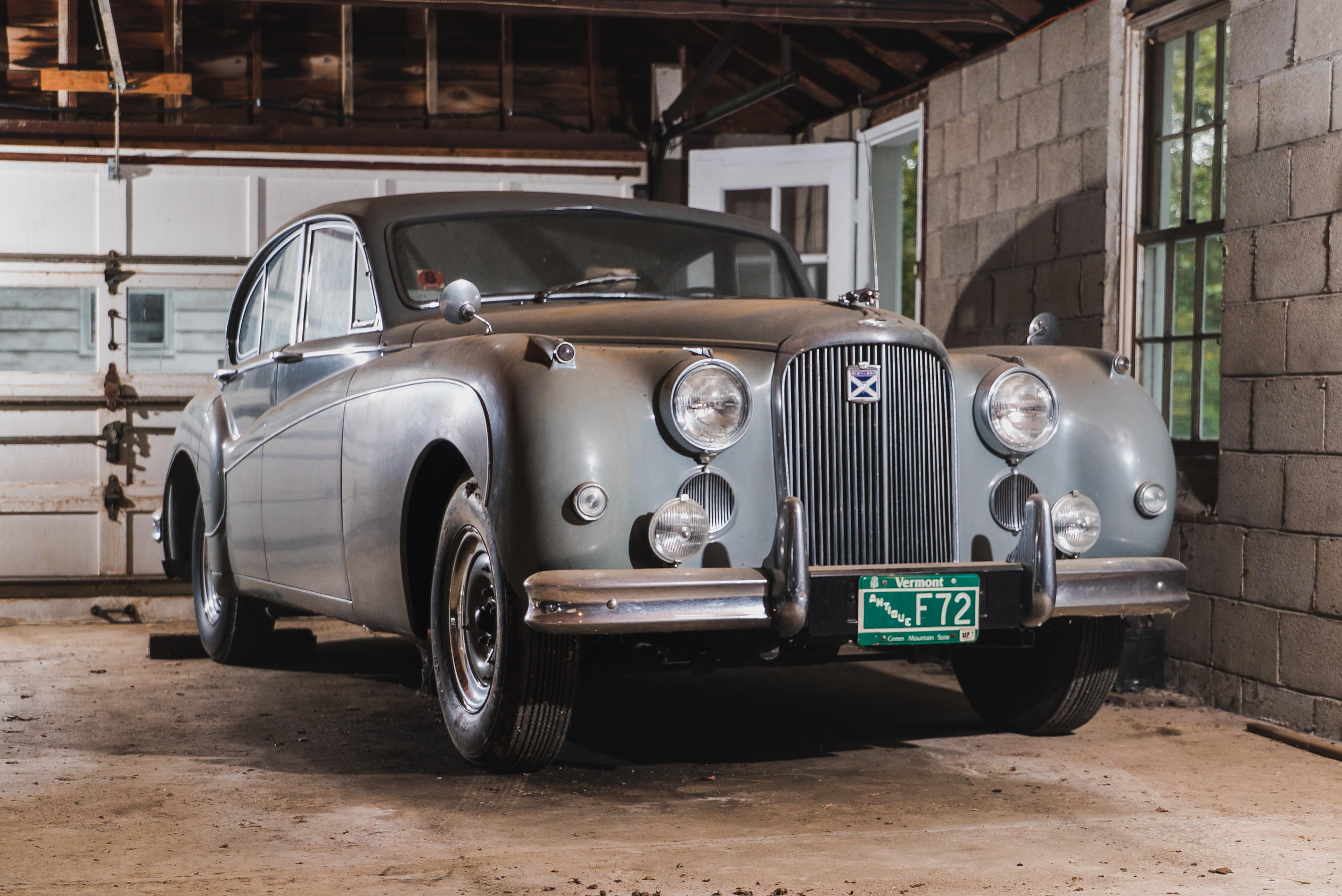
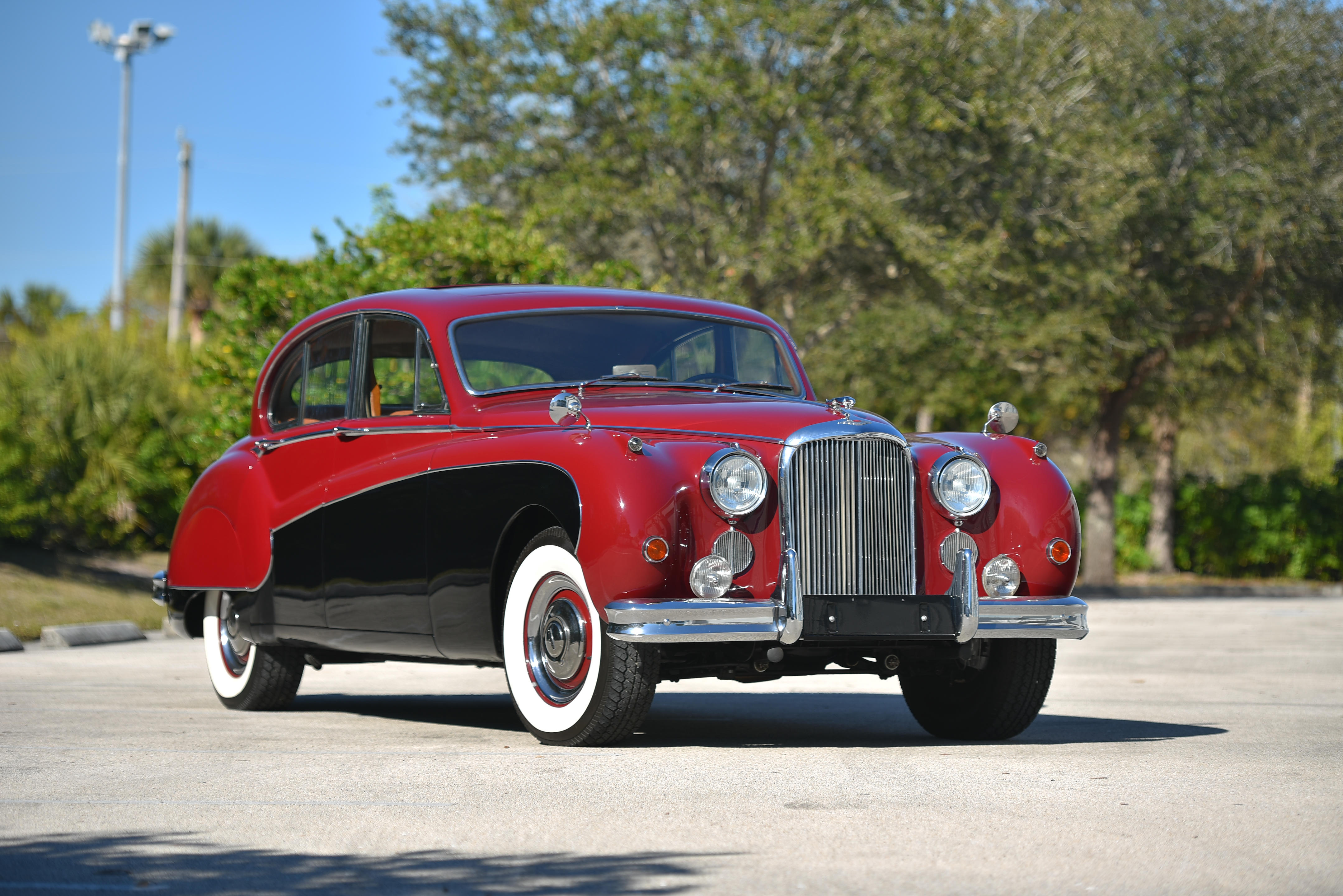

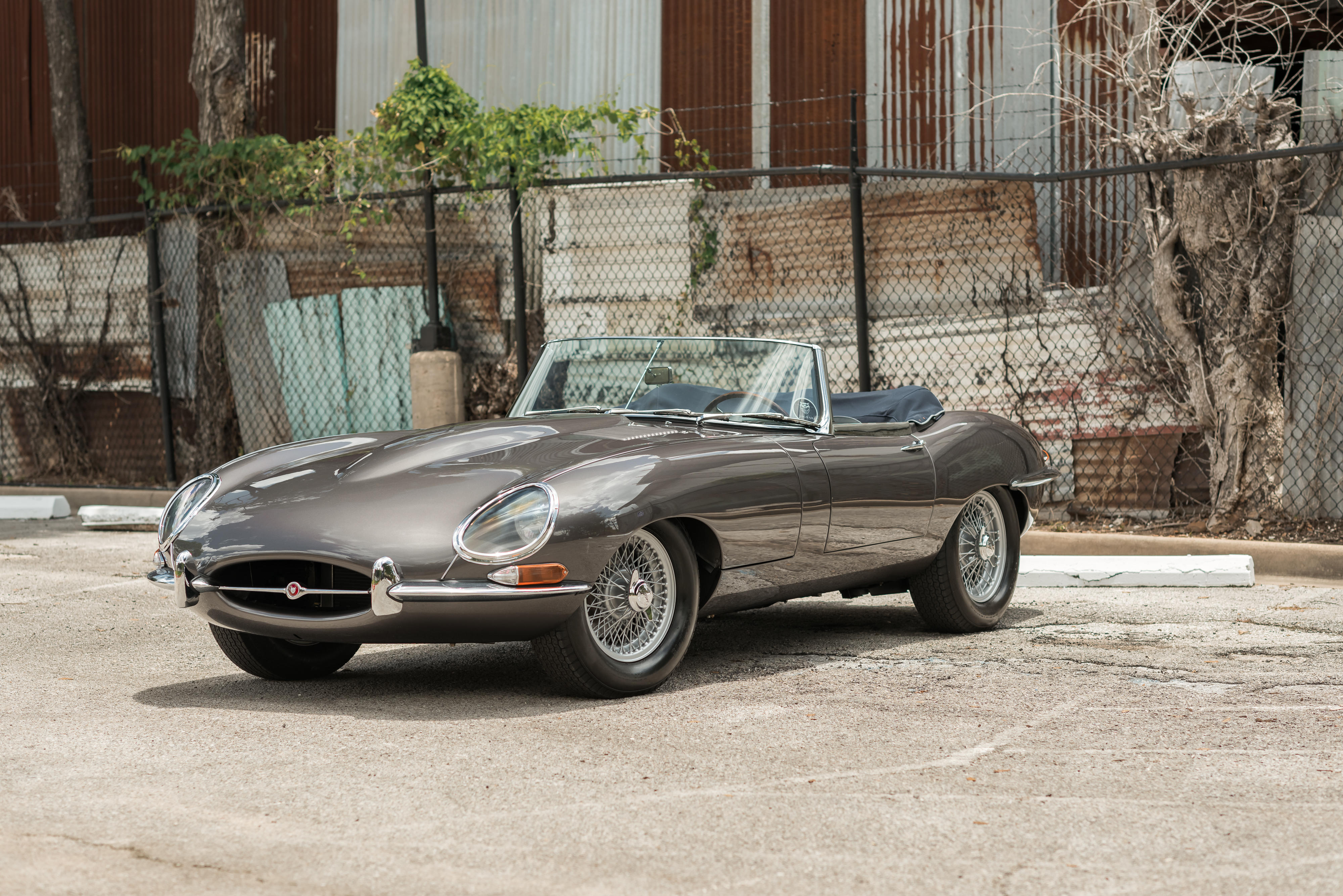
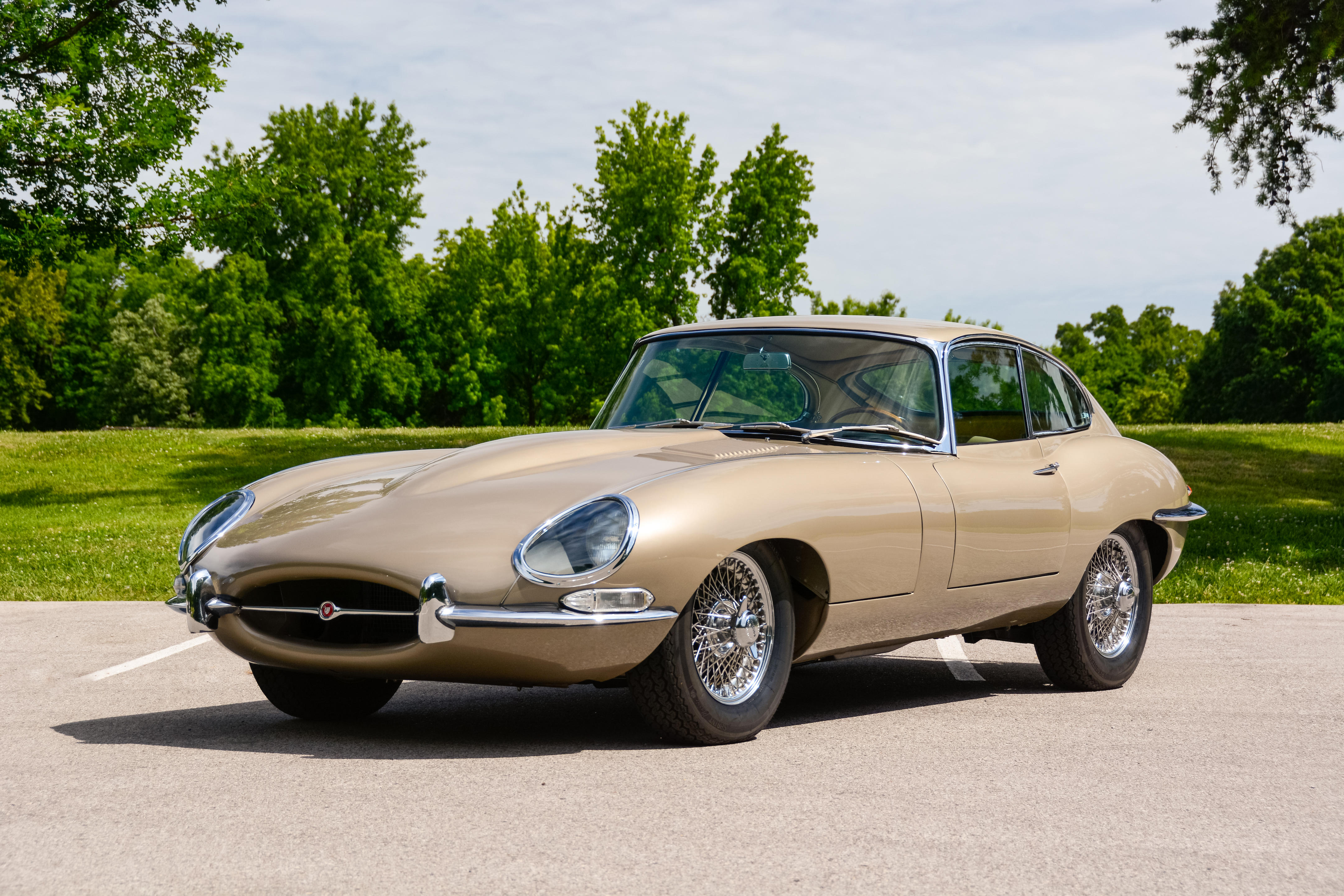
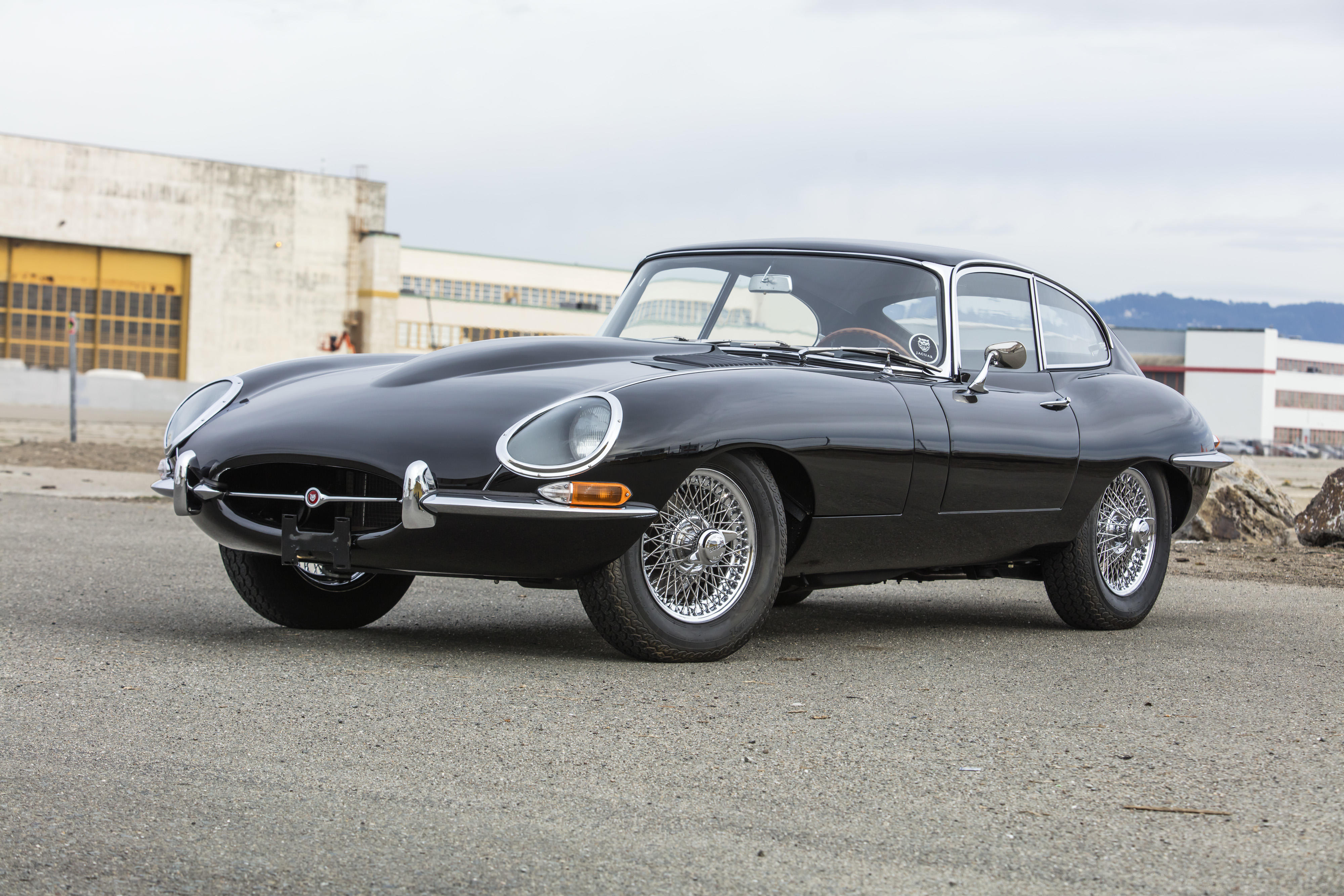

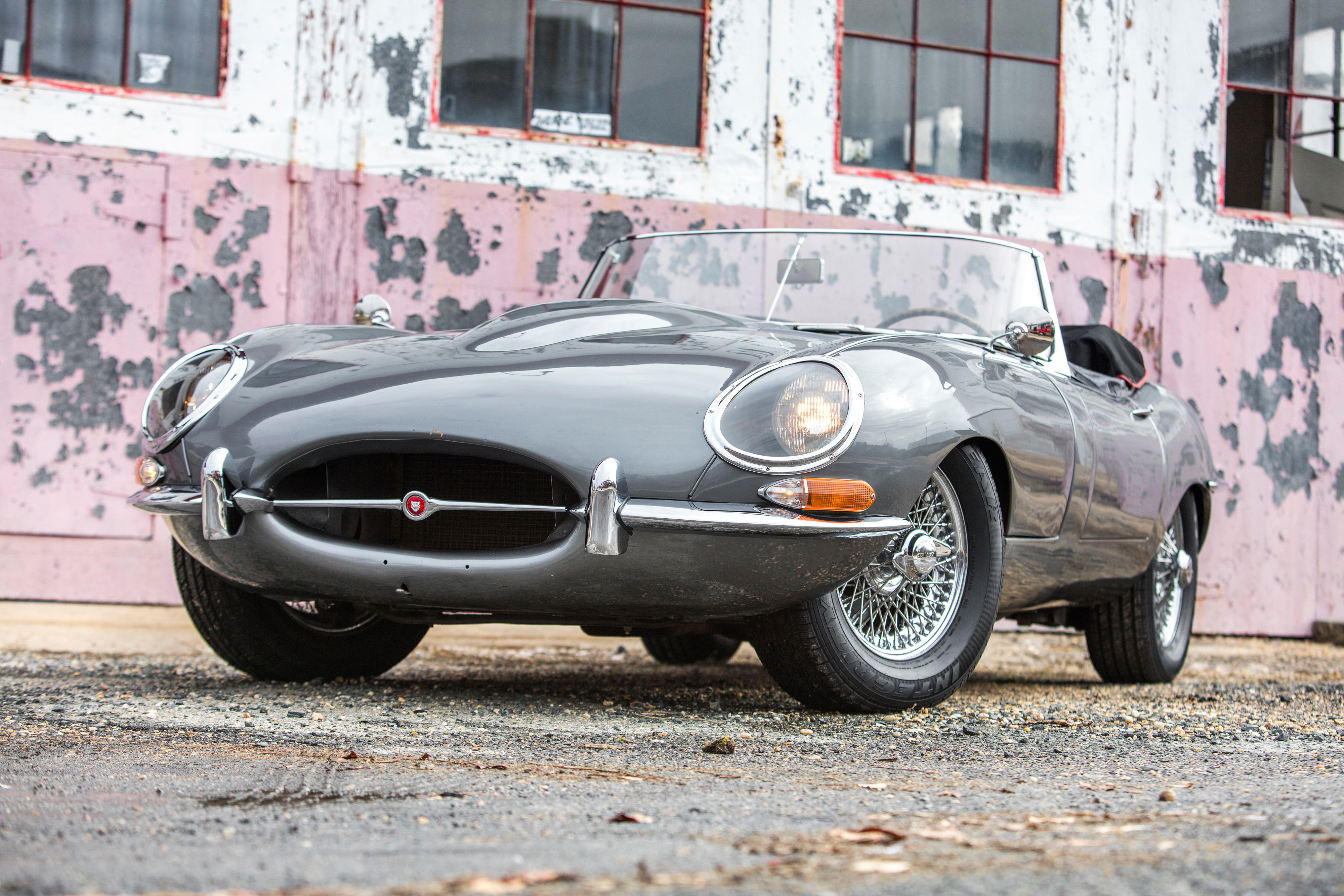

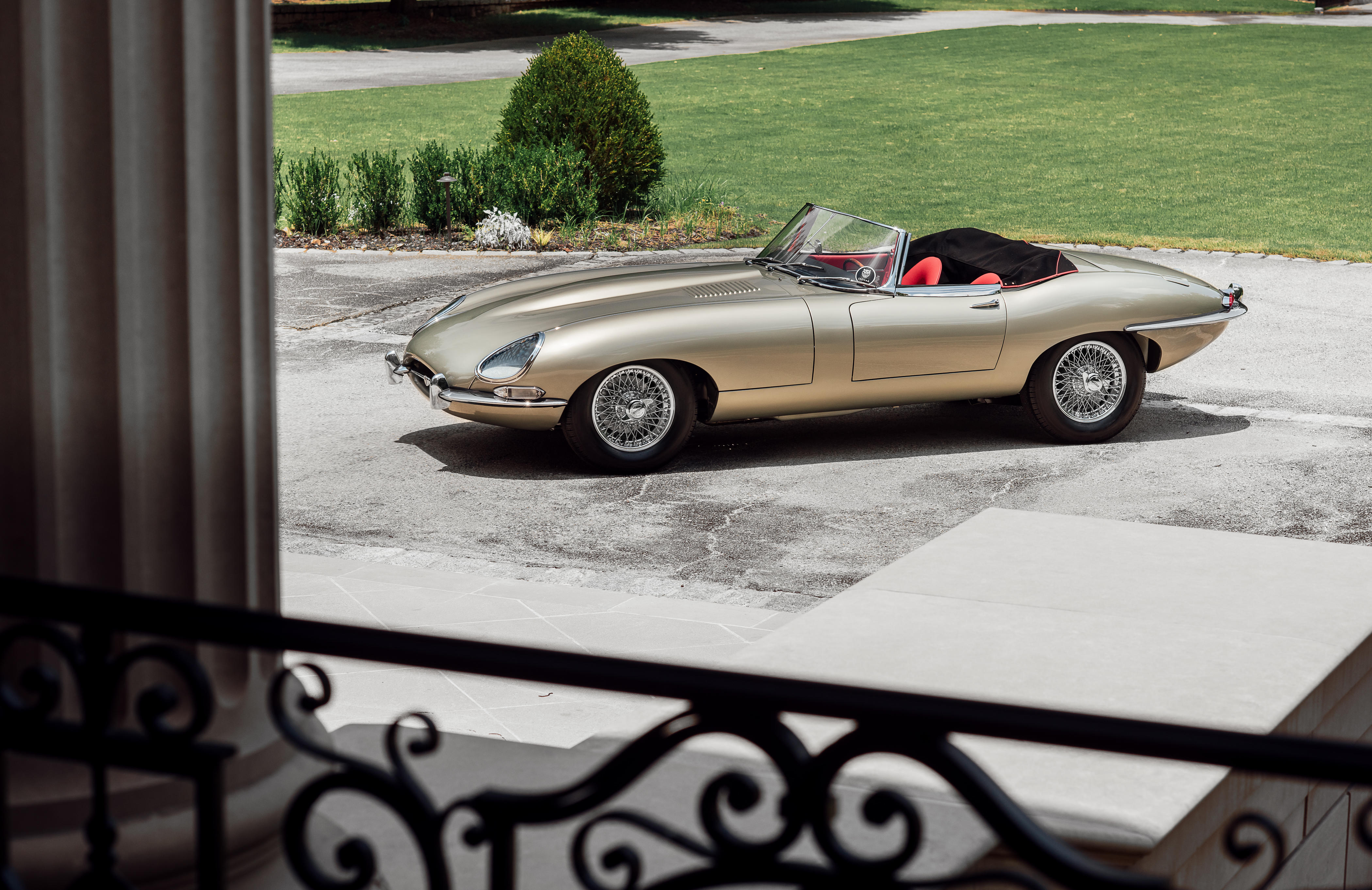
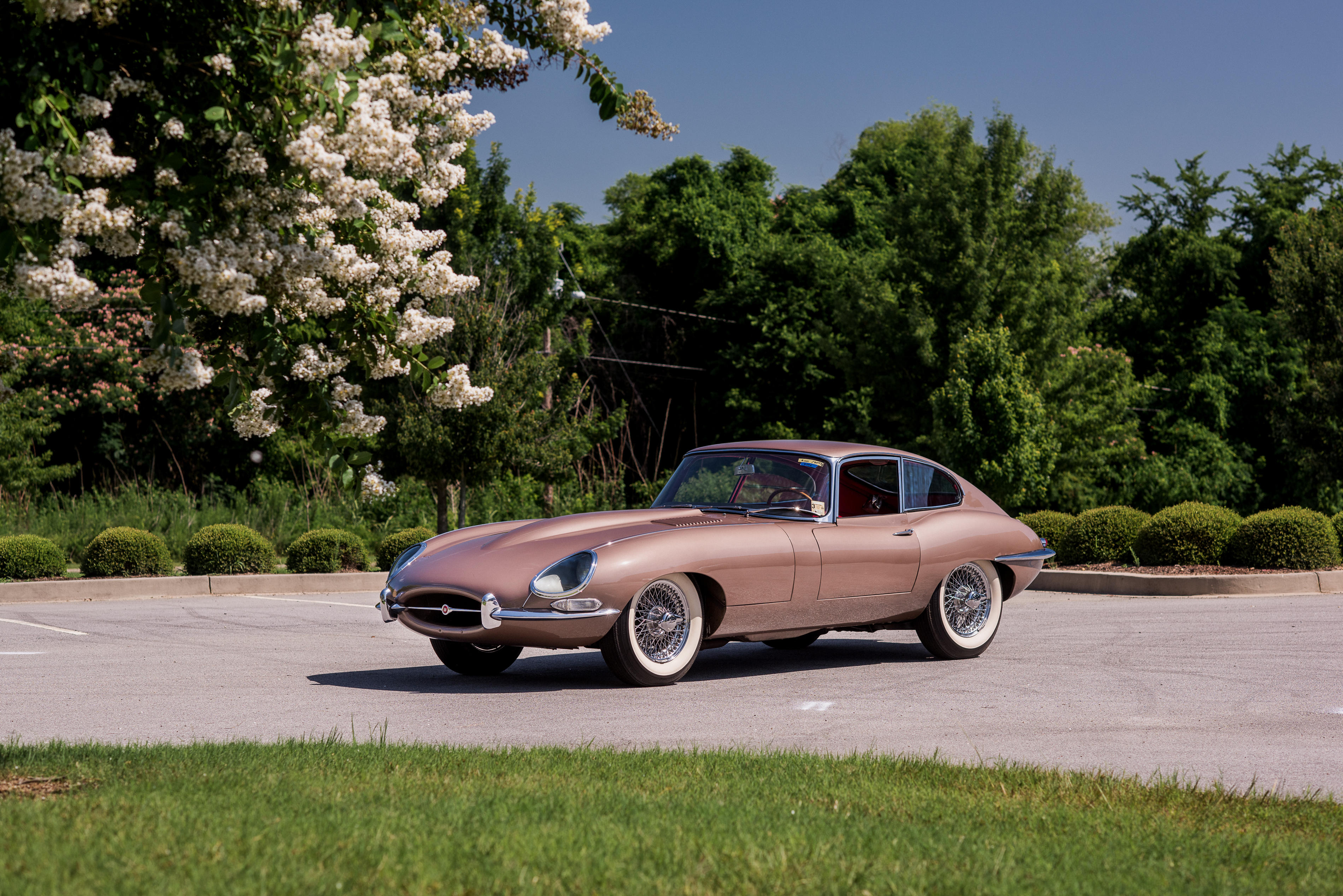
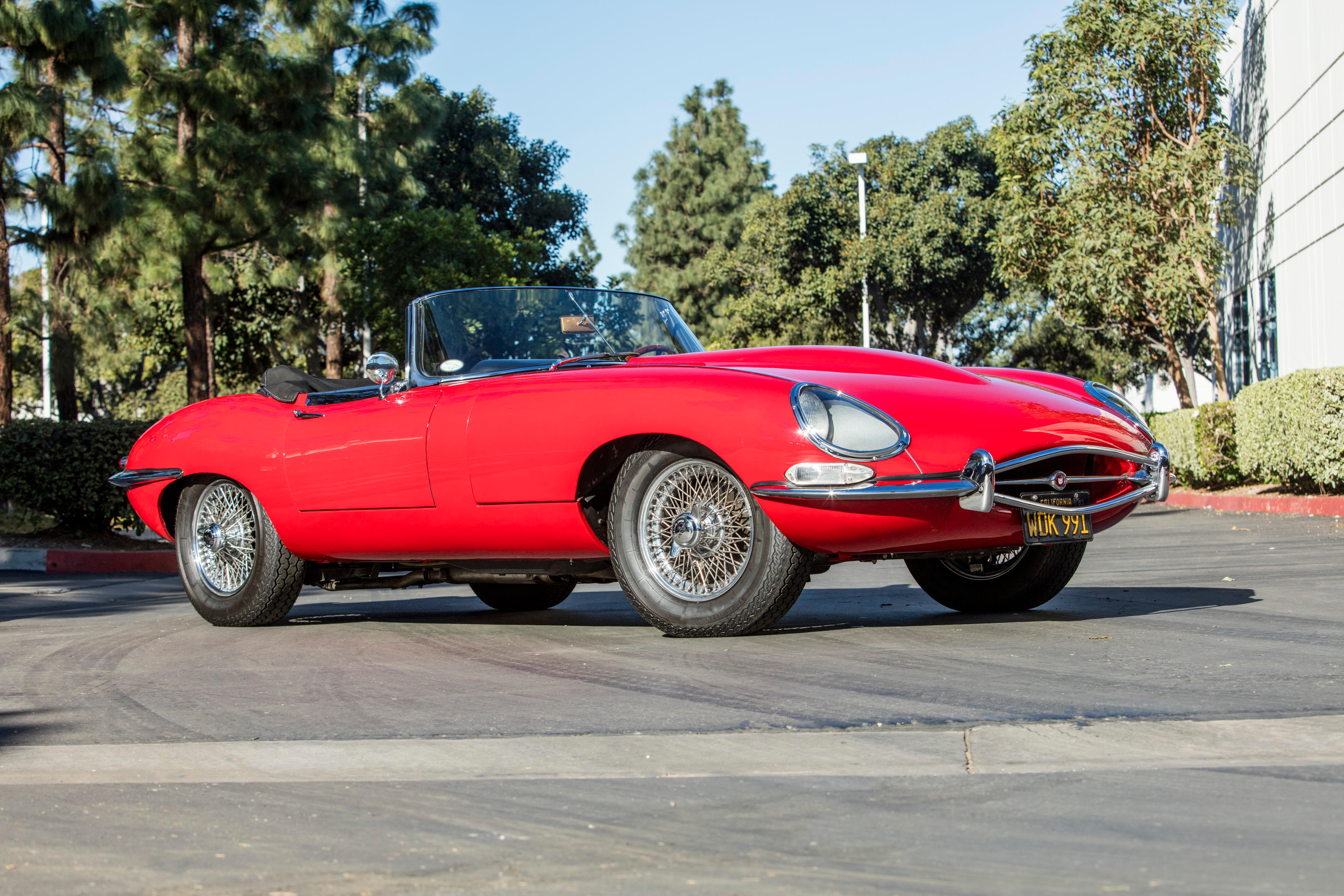
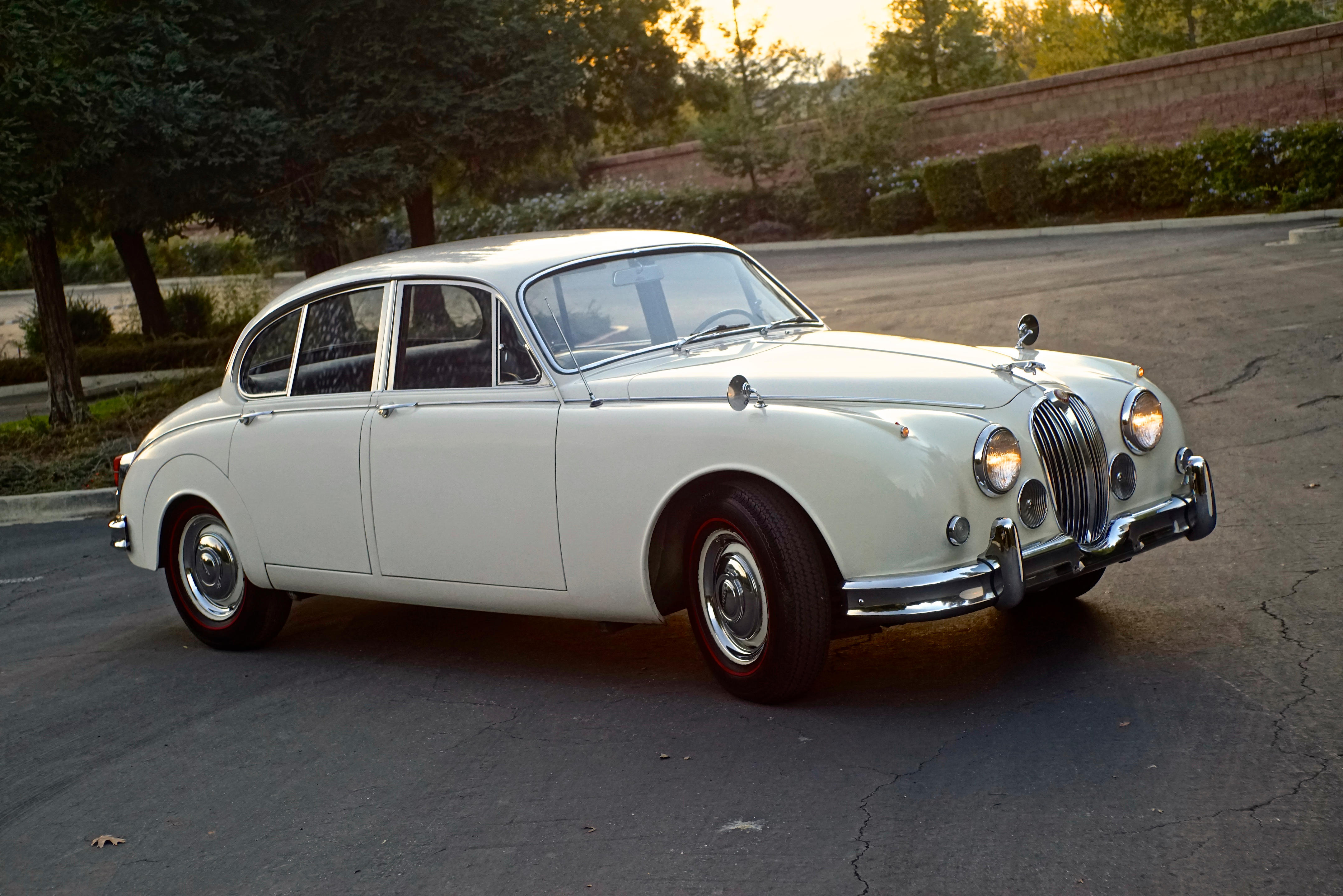
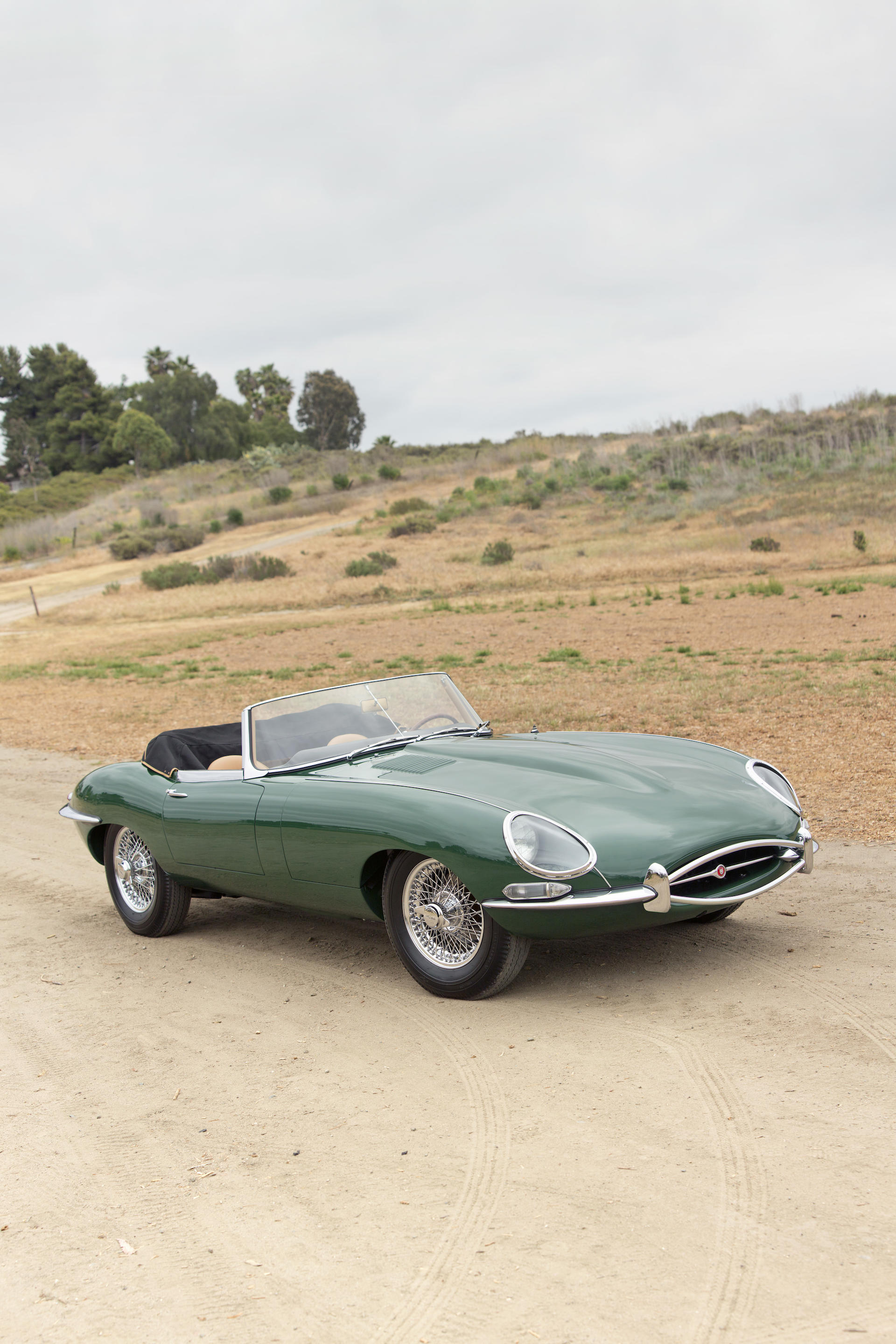

Testen Sie LotSearch und seine Premium-Features 7 Tage - ohne Kosten!
Lassen Sie sich automatisch über neue Objekte in kommenden Auktionen benachrichtigen.
Suchauftrag anlegen